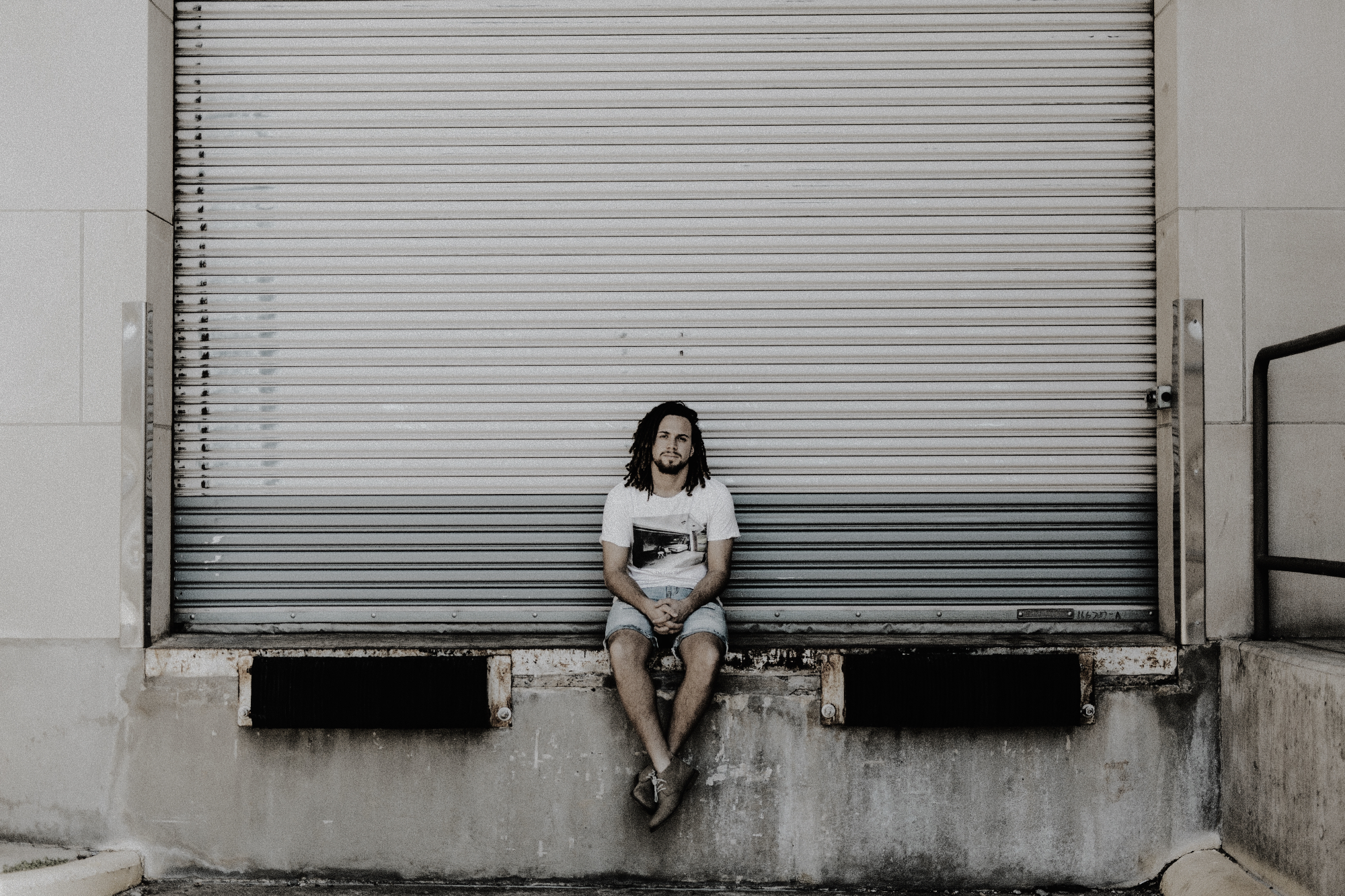Introducing a New Series - Handle With Care: The Secret Inner Lives of Black Men and Boys
When black women look into the eyes of their husbands, boyfriends, sons, nephews, grandfathers, and uncles, what do they see? As conversation begins and words are exchanged, do black women ‘understand the words that are coming out’ of the mouths of black men and boys? It can be alternately challenging and worrisome, and then again intimidating and daunting to crack the code of thoughts and feelings of black men and boys. We assume the pain and fear, the strength and swag. But what else resides within their hearts and minds? If past trauma and ongoing drama are driving their words and actions, when and how does that show up? And will those who love them, raise them, instruct and lead them understand what they’re looking at when it does?
Famous men like R Kelly show us that suicide isn’t the only thing killing black males, and dying isn’t the only thing taking their lives. Mental and emotional disturbance is draining the life from untold numbers of them: teenagers, college guys, corporate executives, entertainers, pastors, and everybody in between. Young men like Kalief Browder and older men like Don Cornelius tell us something in their dying that we didn’t know from their living: we didn’t know them. Or understand them. And maybe we shortchanged them by taking them at face value when we should have dug a little deeper. That’s what we’re going to do here at Ourselves Black with a new series, Handle With Care: The Secret Inner Lives of Black Men and Boys.
This series will examine mental and emotional health of black men and boys through several different lenses: media portrayal of their emotions and thought processes; relational effects of mental and emotional challenges; and a solutions-driven look at initiatives that seem to help black males heal. Our examination is in the spirit of other projects that have looked at the lives of black males by letting them speak for themselves. In ‘What Black Men Think’ filmmaker and activist Janks Morton debunked myths and stereotypes to help us all see more clearly the real men we encounter every day. Steve Harvey’s uber popular book and movie franchise ‘Think Like a Man’ aims to offer insight into how black men think about love relationships through the stories of certain archetypal men. More recently, the book Reach: 40 Black Men Speak on Living, Leading, and Succeeding amplifies the collective voice of black men with inspiring stories from each essayist’s life. We want to directly highlight mental health issues because stigma is hindering conversation and isolating a part of the population that needs to be heard and have their experiences contribute in a greater way to the community and national dialogue. Also because educational skills and achievement, expanded workforce participation, and economic stability cannot be sustained if men and boys don’t possess the mental and emotional resources to support those gains.
To start our exploration, consider responses given by young black men to the following questions:
What’s the thing you fear most?
Losing my parents
Not being able to have a good marriage
What breaks you and hurts the most?
Hatred [from other people]
Dishonesty
During a discussion of these questions and others, one young man explained the concept of the ‘revenge mask’: “When the trauma happens to you, the defense mechanism is used because you can’t really get revenge like you want to.” Going through life wearing and using a revenge mask has to be exhausting and demoralizing. How many teachers, parents, employers, and friends are dealing with a black male who is navigating his fears, hurts, and challenges in this way? How is this the use of this emotional mechanism affecting his mental processes and functioning?
We hope this series will stimulate thinking, talking, and action. Ask questions of your own and seek answers that transform—people, policy, and places.


